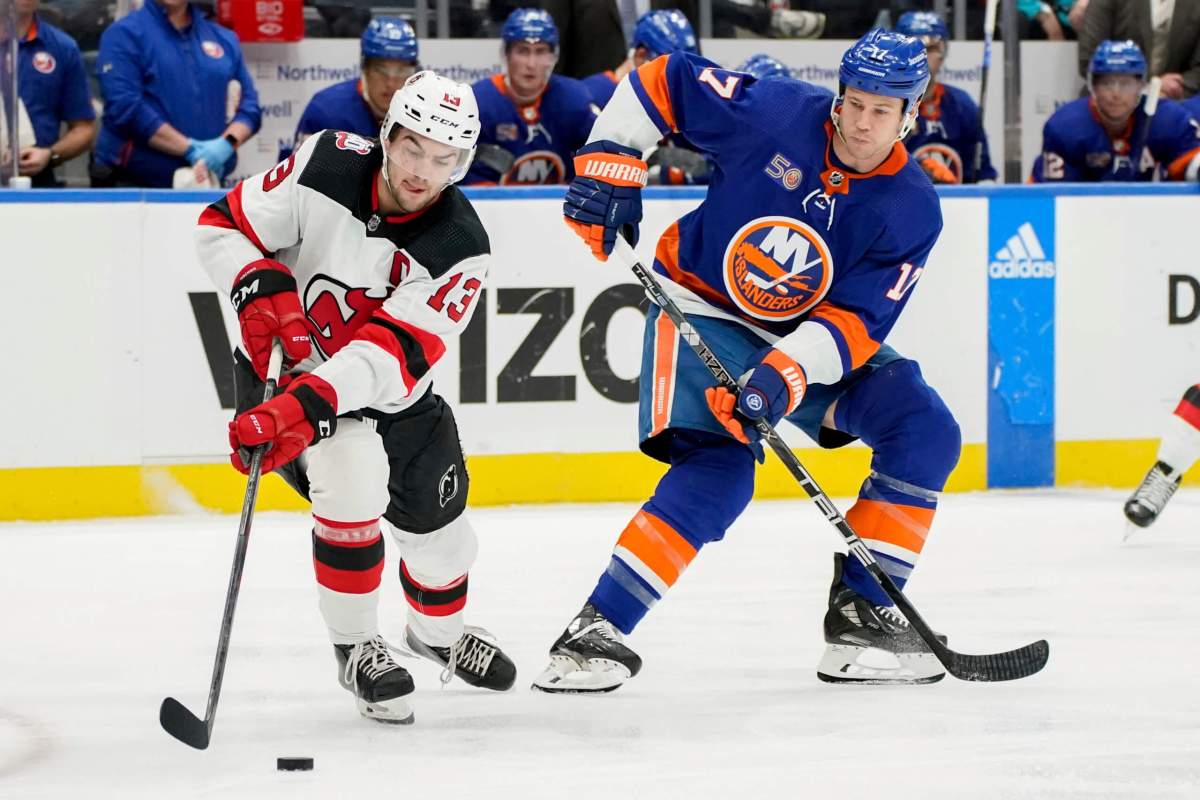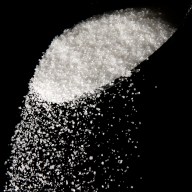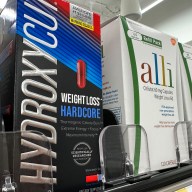This year, about 75,000 Americans will be diagnosed with melanoma, the most lethal form of skin cancer, according to the American Cancer Society. Are you taking precautions to make sure you’re not one of them? We spoke with Dr. Jessica Krant, a board-certified dermatologist in Manhattan, to get advice on how you can prevent skin cancer at any age.
If you’re in your 20s:
Skip the tanning bed: Young ladies into fake-baking are especially at risk for the dreaded disease. “Skin cancer is on the rise among young women, and melanoma is the most common form of cancer among those aged 25 to 29,” Dr. Krant says.
Protect yourself. Choose a moisturizer with SPF 30 or higher, and slather it on your face, ears, neck and chest daily.
Don’t forget your diet. “Eat a well-balanced diet full of brightly colored fruits and dark green, leafy veggies — these are your natural cancer- and wrinkle-fighters,” she says.
If you’re in your 30s:
Visit your derm. Check in for your annual head-to-toe skin cancer screening. “The 30s is when sun damage starts to show itself more,” says Dr. Krant.
Up your sunscreen for those beach days. “Wear SPF 50 or higher when prolonged sun exposure is expected, with enough broad spectrum protection to cover the damage caused by UVA rays since it’s the UVA that is more linked to aging and sun spots,” she says.
If you’re 40 or older:
Pick up anti-aging products. “Topical retinoids — retinol and tretinoin — not only fight wrinkles, but also help regulate healthy cell turnover to prevent DNA damage leading to skin cancer,” Dr. Krant says.
Schedule more screenings.
Label confusion
That “waterproof” label doesn’t mean you should lay out all day without reapplying. Marketing jargon can be hard to sift through, and the FDA wants to make sure you’re well-informed. Last year, it asked sunscreen manufacturers to change their labels so that consumers would understand just what the product is doing and how often they need to wear it. The sunscreen manufacturers didn’t meet the June deadline, so the FDA extended the deadline another six months. In the meantime, how can you pick a sunscreen that you feel good about? Read on for tips from Dr. Krant.
SPF refers only to UVB protection. Look for “broad-spectrum” on the label to get UVA protection against aging as well.
Select at least SPF 30 or higher, and choose water-resistant if you’ll be active or swimming.
Remember that the protection level you get only matches the label if you use an entire shot glass’s worth of sunscreen on exposed areas at the beach, and reapply every hour or two.
Sprays are hard to measure, so apply a full second coat before considering yourself as protected as the label claims.
















